In deep – Pioneer HPM 100
I’d long read about the iconic Pioneer HPM 100s when I began researching vintage stereo equipment. People either loved them or hated them – opinions were split on the sound, which was either amazing, detailed and rich, or shrill and nasty, depending on who you ask. Funnily enough there was an agreement on both sides that the HPMs were one of the quintessential rock speakers of the 1970s, up there with the JBL L100s. Go figure.
They looked awesome – the definition of form closely following function – massive black-faced boxes crammed with space-aged drivers – composite woofers in cast baskets, supertweeters, specially-designed ports. I put them on my ‘bucket list’ and kept on looking, expecting that I would never see a pair in my price range.
Then lo and behold one appeared on the local CL for cheap- I phoned immediately and arranged to buy. It ended up being a few weeks before I could take possession- the seller initially agreed to deliver but could never make it out to me so I eventually drove the hour or so to his house.
These 100s were survivors – they were water stained, beat up, and it looked to me that dark beer or some syrupy cocktail had been spilled down the faces – there was gunk all over the fronts and on the woofers. But the cabinets were sound, the veneers in surprisingly good shape, and all drivers accounted for and operational. The grilles were also all there, albeit pretty gunky.
I brought them home and got to work. It took hours to degrease the grilles and I spent an equal amount of time cleaning the cabinets, applying restore-a-finish and waxing. They really came back to life – it’s amazing what kind of abuse good veneers can kick off with some tlc.
When I plugged them in I was in for a surprise. At first I put them in my long, narrow living room and ho0ked them up to my Pioneer SX-9000, right where the pioneer CS99aas had been and where a nice set of Polk Monitor 7s was currently doing duty.
They sounded almost exactly like my CS99aas. hmm. Polite, warm, giving up some sparkle and imaging to the Polks.
What was going on?
Acoustics.
When I finally took them into my carpeted basement and put them up on stands the sound was completely different – the bass was more defined, the highs crept up too, and the imaging was much improved. They still had a familiar Pioneer warmth in the midrange but the whole presentation was much more gratifying. In the basement I A/B compared them with a pair of Polk Monitor 10s I also recently purchased (more about them later) and even though the 10s were on paper more impressive and had some better imaging, I always went back to the HPMs – they were maybe less precise but more rewarding to listen to.
It’s a lesson the HPMs taught me and that I’ve learned time and time again – the sound you hear is just as dependent on the room and speaker placement as it is on speaker, amplifier, and source. And my living room presents a big challenge to speakers. We use a living room and dining room as one large salon – it ends up being 20+ feet long and 12 feet wide, with an arch in the middle separating the living and dining spaces. Speakers go up against one short wall. Sound has to carry through both rooms. I’ve found that the arch in the middle does no favors to speaker performance. And the short wall doesn’t leave a lot of room between the speakers to improve stereo imaging. And of course aesthetics mean I can’t keep the speakers too far off the wall either. All of these factors conspired to make the HPMs sound crummy. Others sound better, some even worse. The Monitor 10s and some Boston A200s I have (yet another post to come) were ill-served; my current set of Klipsch KG4s (stay tuned!!) do a pretty good job there.
My bottom line – don’t pass judgement on any speaker until you’ve demoed it in at least two different environments, with different placements, and if possible, different amplification. You may be very surprised.
I enjoyed them most when using them almost as near-field monitors – when about 3-4 feet back from the speakers and on low volume the high efficiency of the 100s (around 93-94 db/watt) made them very detailed. Imaging was at its best in this configuration as well.
I could have held on to those HPMs forever. I really wanted to. Maybe I should have, I really really liked them. But in the end I had a ton of other speakers I was listening to and these were gathering dust in the corner, so they went on to a happy enthusiast who listens to them every day.
I still have a pretty big stable of speakers to enjoy, restore, and play around with but if another pair of HPMs comes along I’ll definitely pick them up.

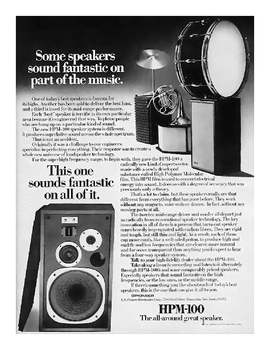
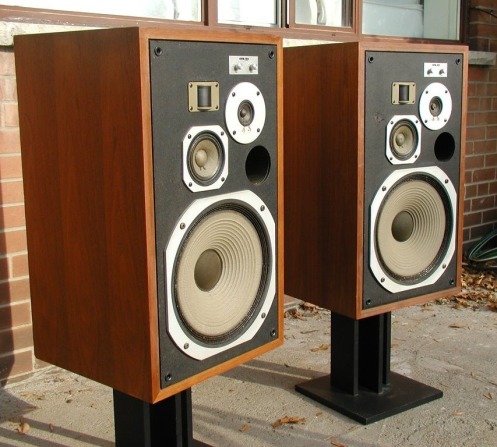
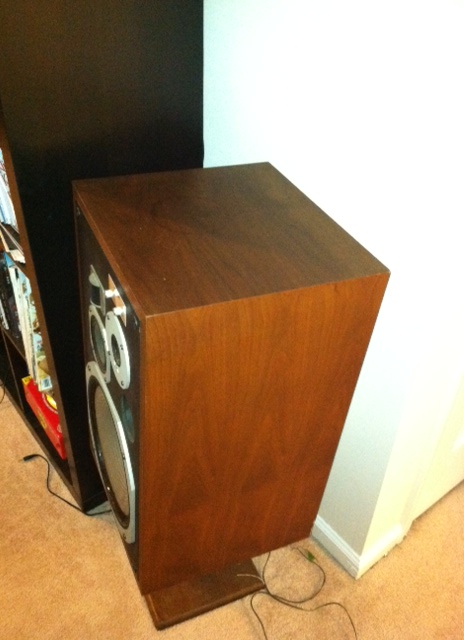
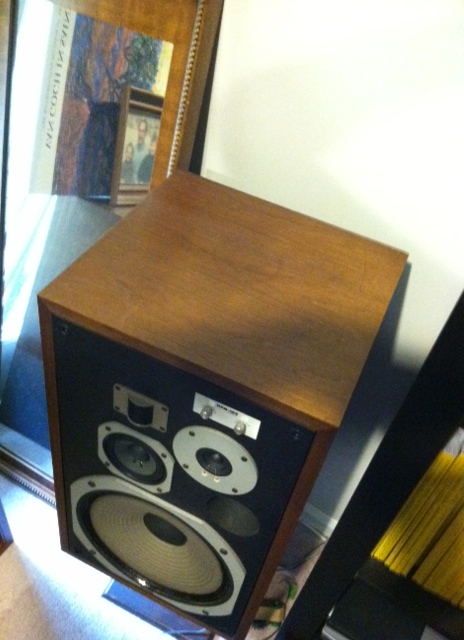

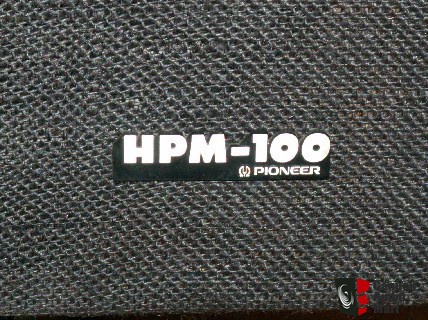
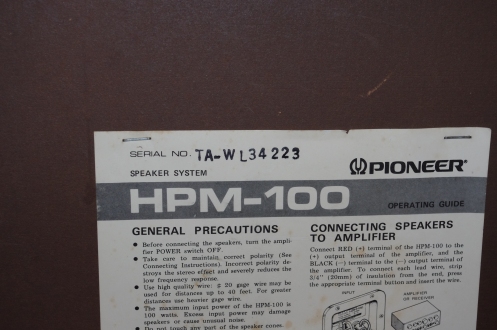
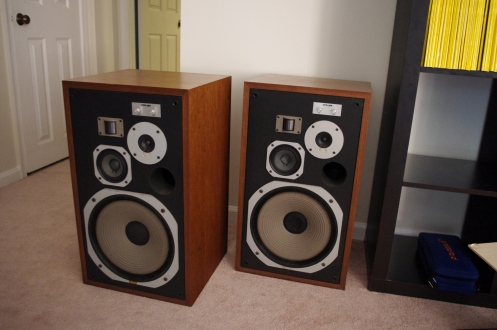
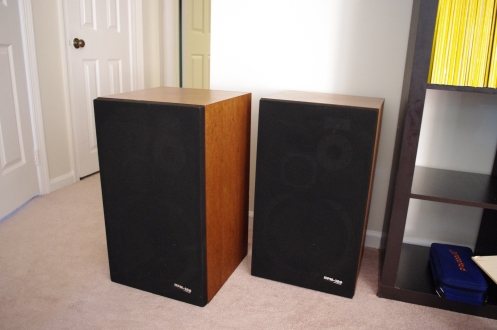
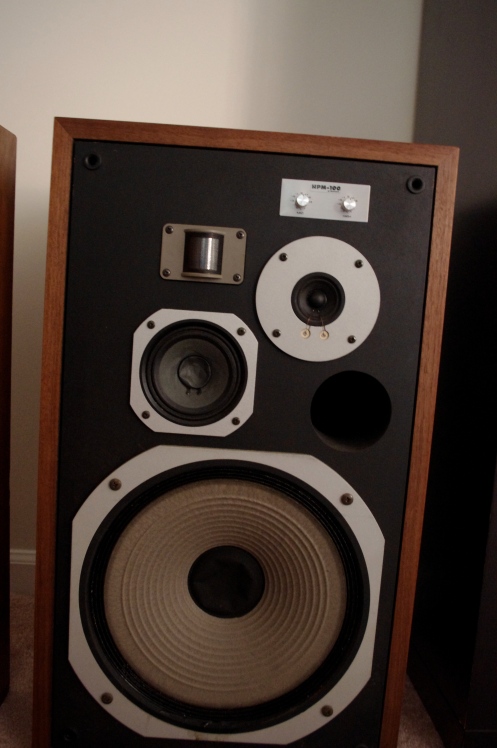
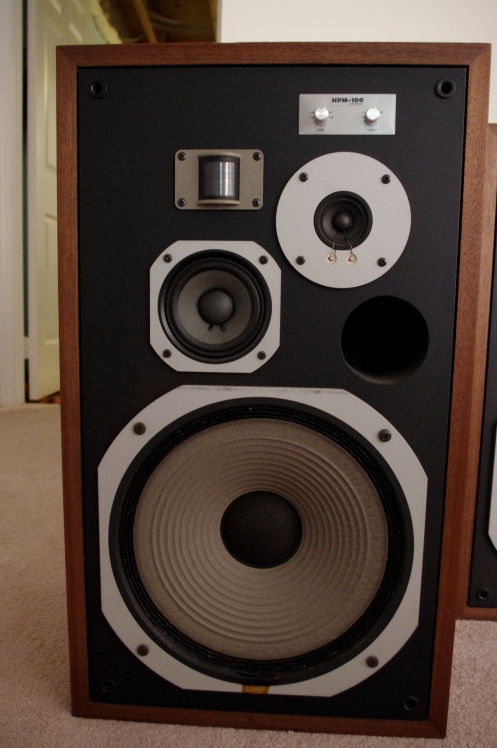
What speaker stands are/were you using with the HPM-100? I am searching for something to put my HPM-100’s on that is reasonably priced.
LikeLike
I was using some low stands that came with a pair of Polk Monitor 7 speakers. They worked really well.
LikeLike
Go to Walmart and buy you some wood plant stands with casters
-10.00 each-work just fine as speaker stands-
LikeLike